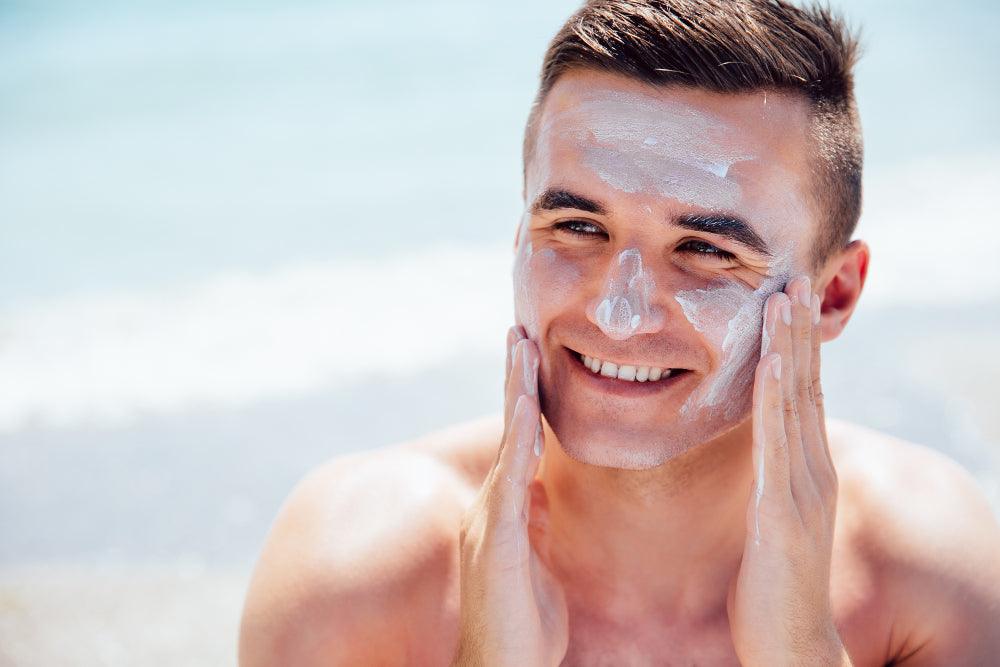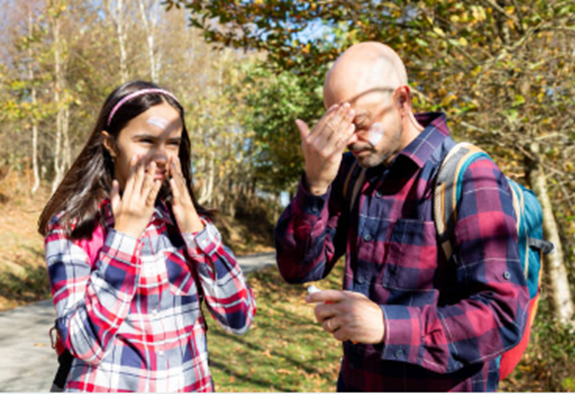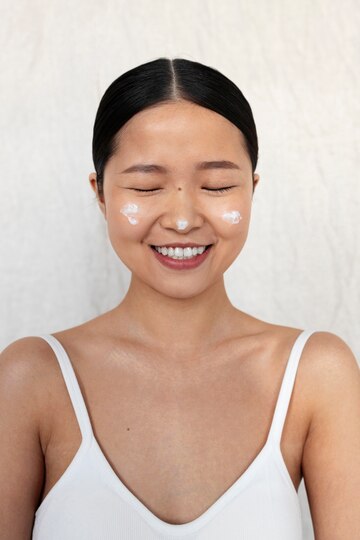Does sunscreen expire?


Read more: What are the most common ingredients in sunscreen?
Unless the manufacturer performs stability tests to determine if the product will remain stable for a minimum of three years, displaying expiration dates is mandatory for all sunscreens. A bottle of sunscreen with no expiration date is considered expired once it has been stored for at least three years.
To determine if your sunscreen has passed its expiration, look for a 'use by' label, usually found on the underside of the packaging.
Expiration dates are most accurate when people store their sunscreens properly. It is also best to store sunscreen in a cool, dark, dry place. For worn-off expiration labels or purchase dates that are impossible to recall, a person can opt to look for any apparent changes in colour, smell, texture, or consistency before applying them to the skin. Sunscreens with a watery consistency, separation, lumps, little pebbles or grittiness have perhaps already expired.

After expiration, the chemicals in sunscreen degrade and separate, making them less effective. Old sunscreens will eventually crystallize and separate and may have a pungent smell. Extreme temperatures can also make sunscreen less or no longer adequate, even before its expiration date. Hence, the safest decision is to discard your sunscreen and purchase a new one.
In general, sunscreens have a three-year shelf life. Printing the expiration date on the product’s packaging may not be a requirement except for those expected to expire in less than three years. So please write down the date of purchase of your sunscreen in case you find it in your cabinet a year or two later. But if you purchased it on sale, toss it to the bin as it could already have been an older stock on the store’s shelf before arriving in your cabinet.
Read more! Are tinted sunscreens just as effective?
When sunscreens expire, the active ingredients break down and will not be adequate protection from the sun as they used to be.
Sunscreens are classified according to the ingredients they contain: physical and chemical.
Chemical sunscreens. These sunscreens have UVA and UVB blockers. Chemical sunscreen is absorbed by the top layer of the skin and works by absorbing UV rays. Common ingredients include oxybenzone, avobenzone, and ecamsule. It is best for darker complexion and those who want to avoid white cast.
Physical sunscreens. They are also more commonly known as sunblock or mineral sunscreens. A physical sunscreen sits on top of the skin and reflects the sun's rays by providing a physical barrier between the skin and the UV. Common ingredients include zinc oxide and titanium dioxide. It is best for sensitive and acne-prone skin.
Since improper product storage can catalyze expiration, here are some tips to keep sunscreens in good condition.
Keep it cool. Store your sunscreen in a cool, dark place. If you're outside, find a place where it is not in direct sunlight, e.g. under an umbrella or in the shade of a tree.
Keep it dry. High temperatures create humidity, and so does moisture. Humidity can make the sunscreen’s formula unstable, and moisture can harbour an ideal environment for mould growth.
Be hygienic. Don't use sunscreen with dirty hands, as this can expose the sunscreen to bacteria.
Exposing sunscreen containers to direct sunlight is not a good idea the active ingredients will break down faster in heat and sunlight. This is why all sunscreen labels, and other cosmetics products, must contain the text: “Avoid excessive heat and direct sunlight.”
For sunscreens to effectively protect you from UV rays and their impact, here are dermatologists' tips on how to use them properly.
Choose the correct type of sunscreen. A broad-spectrum sunscreen is the most recommended type, which is water resistant for 40–80 minutes and has an SPF of at least 30. This type of sunscreen protects a person from UVA and UVB rays.
Apply 15 minutes before going outdoors. As a universal rule, 15 minutes is the appropriate time for the skin to absorb sunscreen for optimal protection.
Apply sunscreen generously. A person should evenly apply enough sunscreen to cover their face and entire body (avoiding the eyes and mouth). Remember to put sunscreen on your head, especially is you have thin or no hair, and apply it to the hands, the back of the neck and other exposed skin areas that may commonly be forgotten.
Most importantly: reapply your sunscreen every two hours or immediately after you've been in contact with water from sweating or swimming.
Use lip balm. The lips are delicate, sensitive, and vulnerable to UV rays. A balm with an SPF of at least 15 can protect your lips from these adverse effects.
Read more: Is SPF 50 sunscreen better for you?
Sunscreen is just one strategy to protect your skin and yourself from the sun. An expired sunscreen won’t stop you from having a summer with less worry about skin damage. Sun-protective clothing can offer additional protection and includes wide-brimmed hats, long-sleeve T-shirts, bathing suit cover-ups, and sunglasses. Clothing made with UPF (ultraviolet protection factor) built right into the fabric are also available in many stores.
If the bottle displays no expiration date, a person should look for signs of changes, like in its consistency and appearance or if it smells weird. Expired sunscreens may still provide protection, but applying them to your skin may increase a person’s risk of sunburn. To ensure you don't use sunscreen past its expiry date, keep a record of the date that you bought it.
To learn more about the best sun protection factor for you, click here.








Plus get the inside scoop on our latest content and updates in our monthly newsletter.